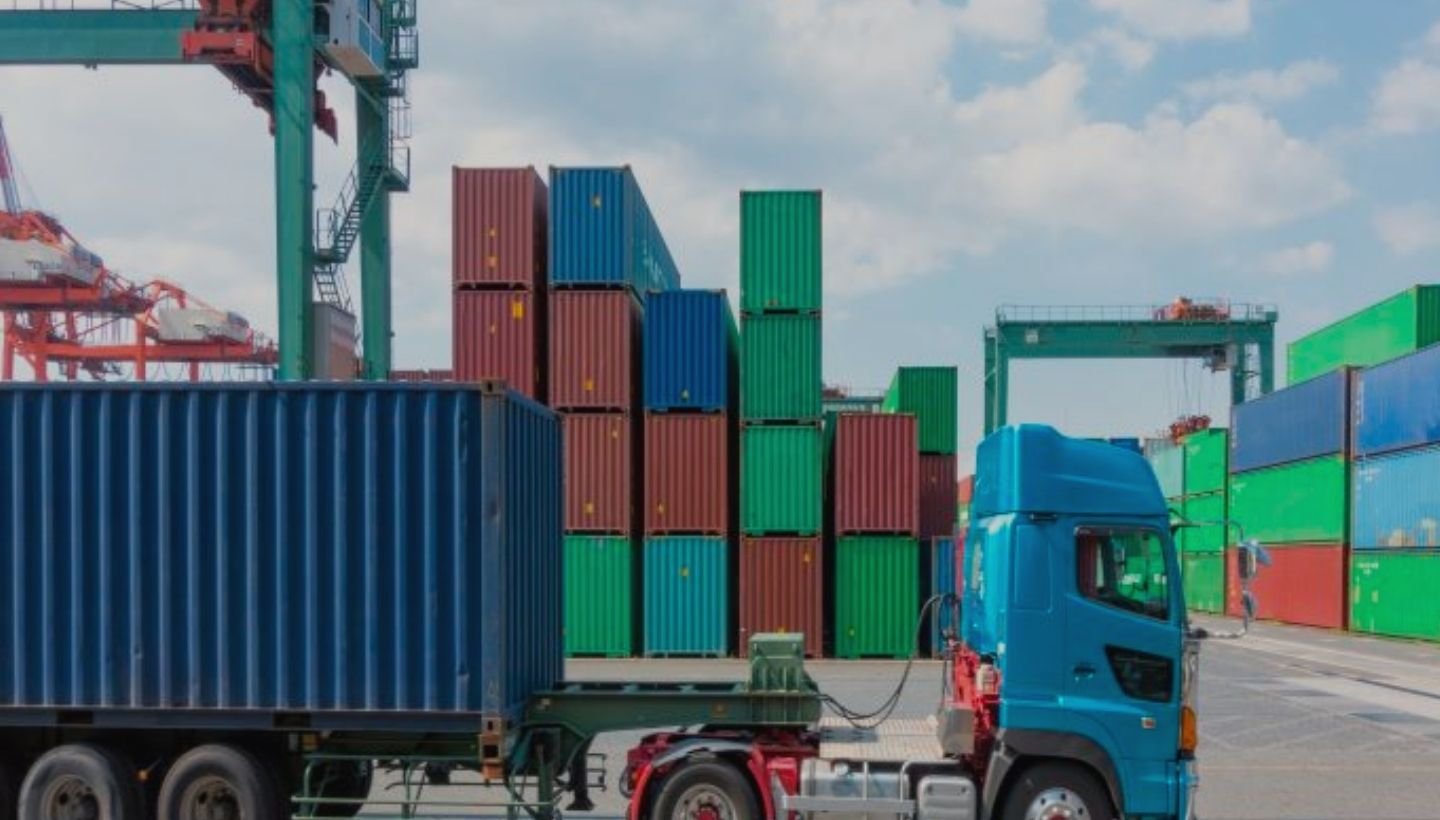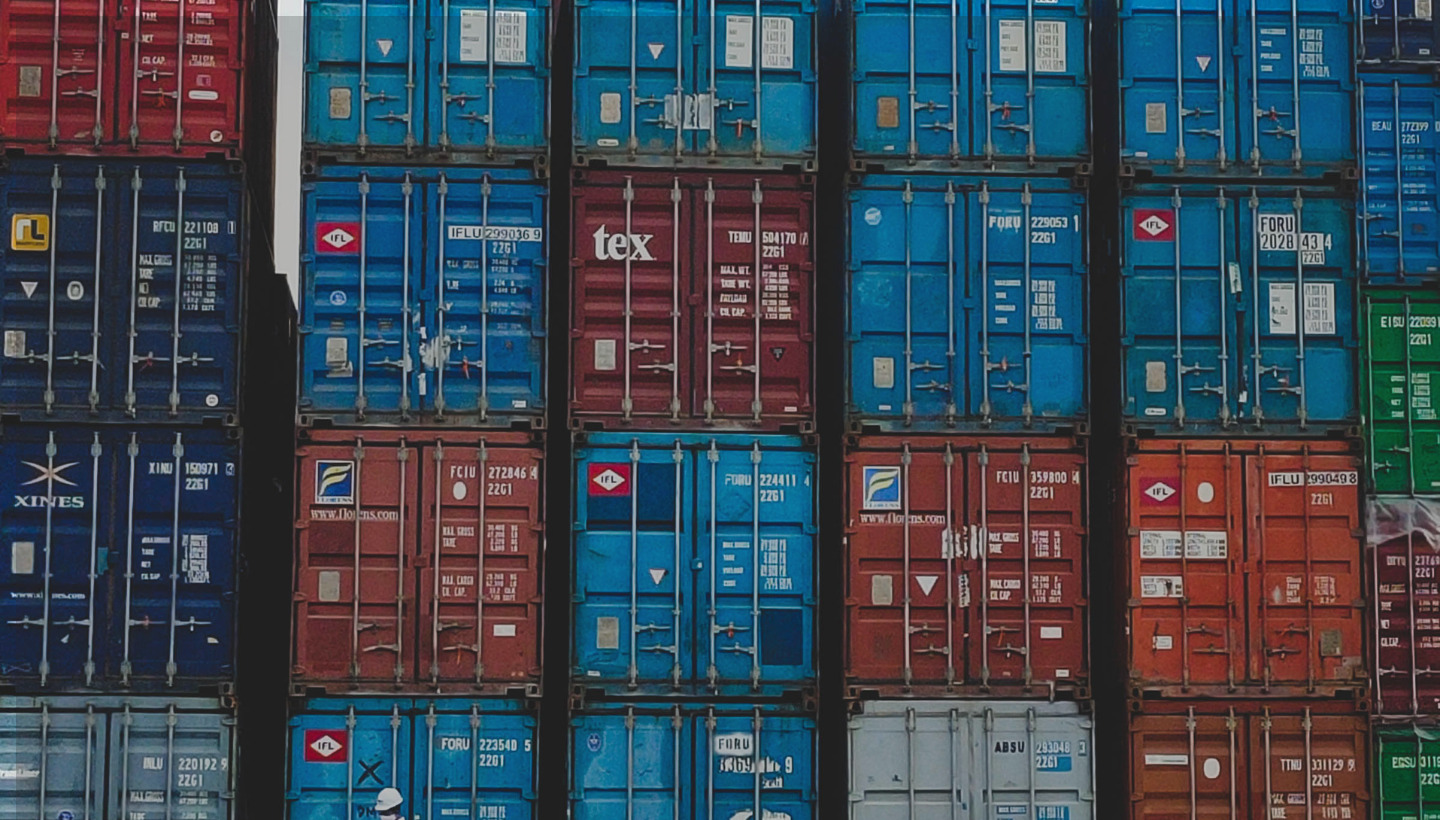Owner-operators who are new to the trucking industry are often unfamiliar with the term drayage. But it is vital to fully understand how drayage affects your bottom line so that you can ensure accurate invoicing and payments.
Drayage is an integral aspect of the supply chain logistics sector because it fills in the gaps between long cross-country, international, or intercontinental intermodal hauls and the final destination.
In this article, we will explore the process in detail and discuss the basic concepts of drayage, including the ways that it can be classified.
Definition of Drayage
Drayage is the process of moving cargo over short distances. Typically, it involves moving freight from a terminal or port to the next mode of transport. It is a crucial step that facilitates efficient pick-up and delivery of goods.
The term drayage may refer to the fee charged for the service or the vehicle used in the process.
When cargo arrives at a shipping port or another intermodal terminal, it must be shifted to a truck or train for the next leg of the journey. The final destination may be another port, a yard, or a warehouse. The equipment or vehicles used in this process are known as drays.
Trucks are the most common mode of transport for moving intermodal cargo over short distances. Drayage service companies use a complex logistics network to coordinate the transfer of goods from one location to another without any mishaps.
Next, we’ll look at the different types of drayage transport and how they expedite cargo movement.
Classifications of Drayage
Intermodal shipping requires a combination of methods for moving cargo including ships, rails, trucks, and more. In most cases, the goods can be moved without unpacking them, saving shippers time and effort.
Depending on time constraints or other customer requirements, shippers may use one of the following drayage methods:
Expedited Drayage
This type of drayage is used for time-sensitive deliveries, such as same-day shipping services.
Inter-Carrier Drayage
Inter-carrier drayage is the method used to transport cargo between multiple carriers. For example, it may involve moving goods from a rail station to a seaside port or a trucking terminal.
Intra-Carrier Drayage
This service involves moving cargo to two or more separate hubs owned by the same carrier.
Pier Drayage
Pier drayage refers to the process of moving cargo from a rail terminal to a dock or pier for ocean shipping.
Shuttle Drayage
Shuttle drayage is often used when the origin hub becomes overcrowded. Intermodal cargo units are moved to temporary shipping points.
Door-to-Door Drayage
This popular method involves delivery of the container straight to the retail customer via truck.
Understanding Drayage Rates
Although drayage represents the shortest distance in the overall shipping process, the rates can be high. The rates include the following standard charges:
-
- A base fee
- Accessorial fees
- Equipment costs
The base fee accounts for several factors, such as the weight of the freight and the amount of handling required. Accessorial fees may include tolls, driver detention, and equipment costs.
Drayage carriers charge a base rate calculated as the level of handling required multiplied by the weight. Weight is measured in hundred-pound increments or CWT.
A hundredweight is rounded up to the next hundred pounds. So 105 pounds would become 2 CWT and 295 pounds would be 3 CWT.
Many carriers have a set rate for completing a job. Typically, the rate is agreed upon in advance but it may change depending on several factors. Once a base rate is set, additional fees that may be added include:
Chassis Split Fees
These fees are charged when a chassis is not available at the container location. This situation causes a carrier to spend extra time and mileage to pick up the chassis.
Drop Fees
Drop fees can be incurred when a carrier drops a container at a warehouse or distribution center for later pickup instead of live-loading the cargo.
Detention and Demurrage Fees
This fee is charged when a carrier must stay longer than the allotted time when delivering or picking up cargo.
Pre-Pull Fees
These fees are common when an early morning delivery or an appointment is required. This may cause the carrier to have to store the cargo in his own yard until it is time to deliver.
Fuel and Mileage Surcharges
Fuel prices fluctuate, so a carrier will tack a surcharge on shipments to balance out their costs.
Toll Fees
When carriers are charged tolls during a drayage service, the fee is passed on to the shipper.
Make Your Job Easier with RoadSync
As an owner-operator, building your business means that you’ll need to find ways to save time and reduce costs. RoadSync offers practical solutions to help you manage record-keeping, expenses and payments, keeping your operation organized and running smoothly.
Our RoadSync driver app allows you to upload, store, and send receipts to multiple contacts from the app or through email or text messaging features. Within minutes, you can be back on the road.
Contact us today to learn more about RoadSync and how your company can benefit from our services.






